Piriformis syndrome is a condition characterized by pain, tingling, and numbness in the buttocks, hip, and down the leg. Exercise can be a crucial component in managing this condition, helping to reduce pain and improve mobility. However, it is essential to be aware of certain exercises that should be avoided to prevent exacerbation of symptoms and further injury.
In this article, we will explore the exercises that individuals with piriformis pain in the buttocks should avoid and provide alternative options for maintaining a safe and effective exercise routine.
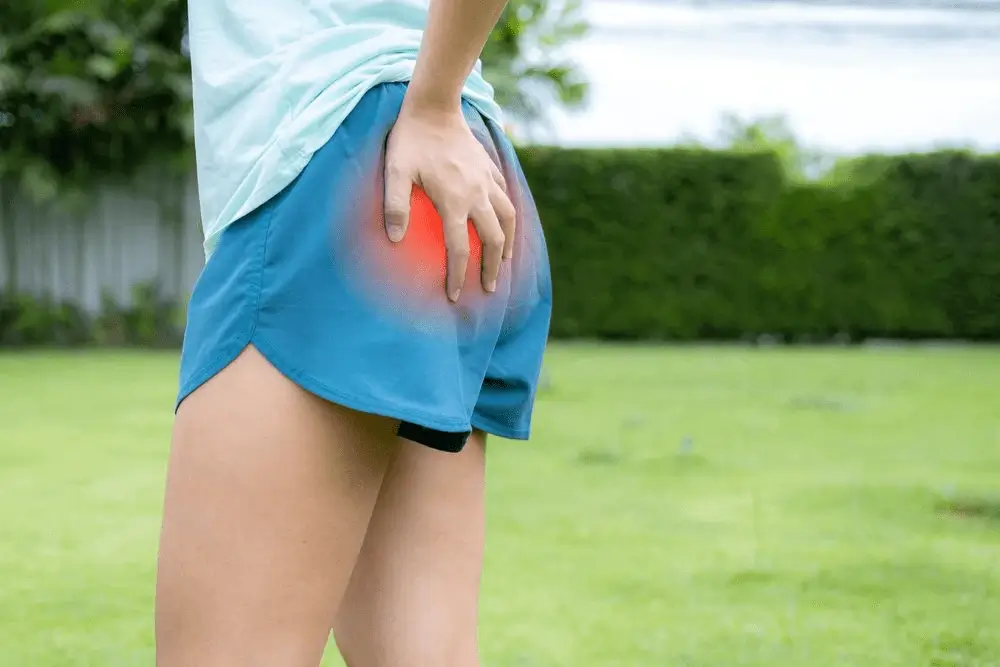
What is Piriformis Syndrome
Piriformis syndrome occurs when the piriformis muscle, located deep in the buttock, becomes tight or spasms, compressing the sciatic nerve. This compression leads to the characteristic symptoms experienced by individuals with the condition.
Common symptoms include pain, tingling, and numbness in the buttocks, hip, and down the leg. Seeking proper diagnosis and treatment from a healthcare professional is crucial to developing an effective management plan for piriformis syndrome.
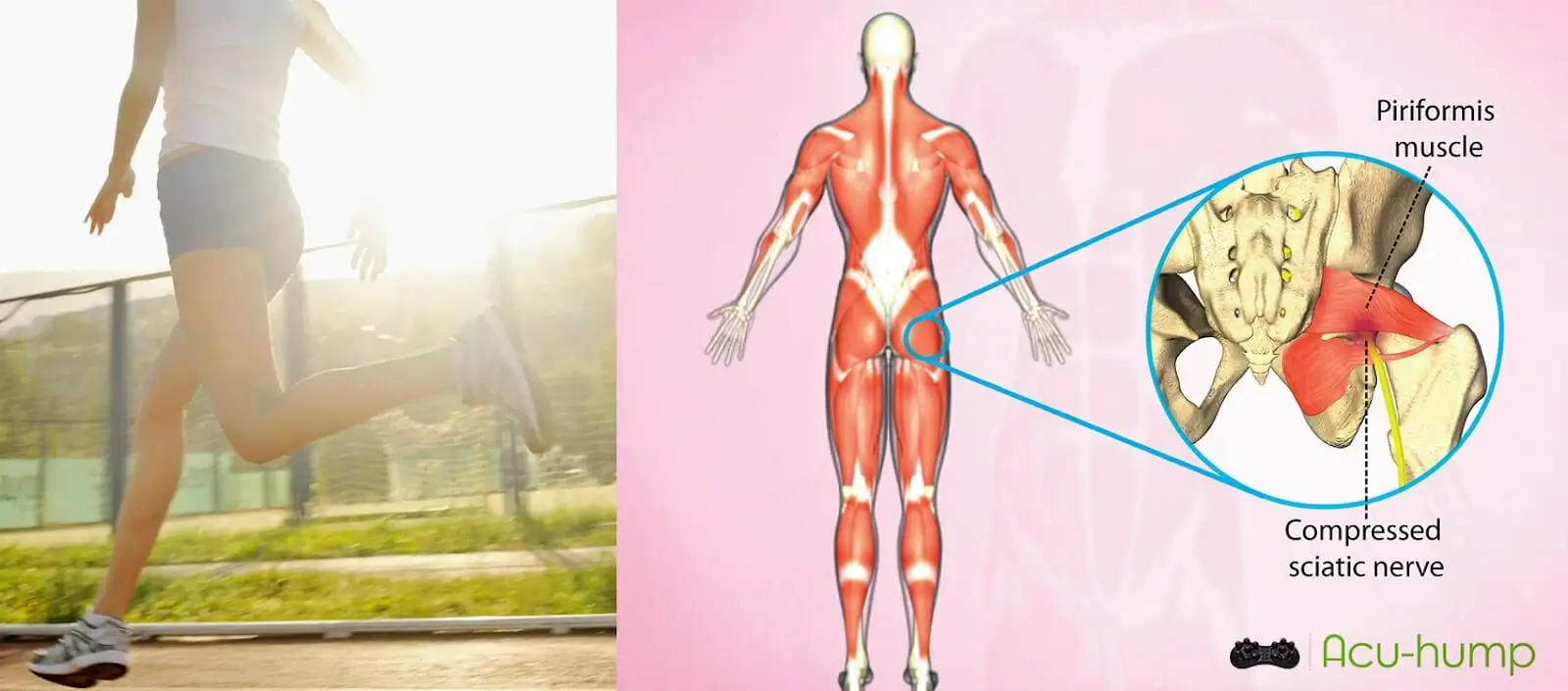
The Role of Exercise in Managing Piriformis Syndrome
Exercise plays a vital role in managing piriformis syndrome, as it can help alleviate pain and improve mobility. Regular exercise helps to strengthen the muscles surrounding the piriformis, providing better support and stability to the affected area.
Additionally, exercise promotes blood flow to the region, facilitating healing and reducing inflammation. However, it is essential to choose the right exercises and avoid those that may worsen symptoms.
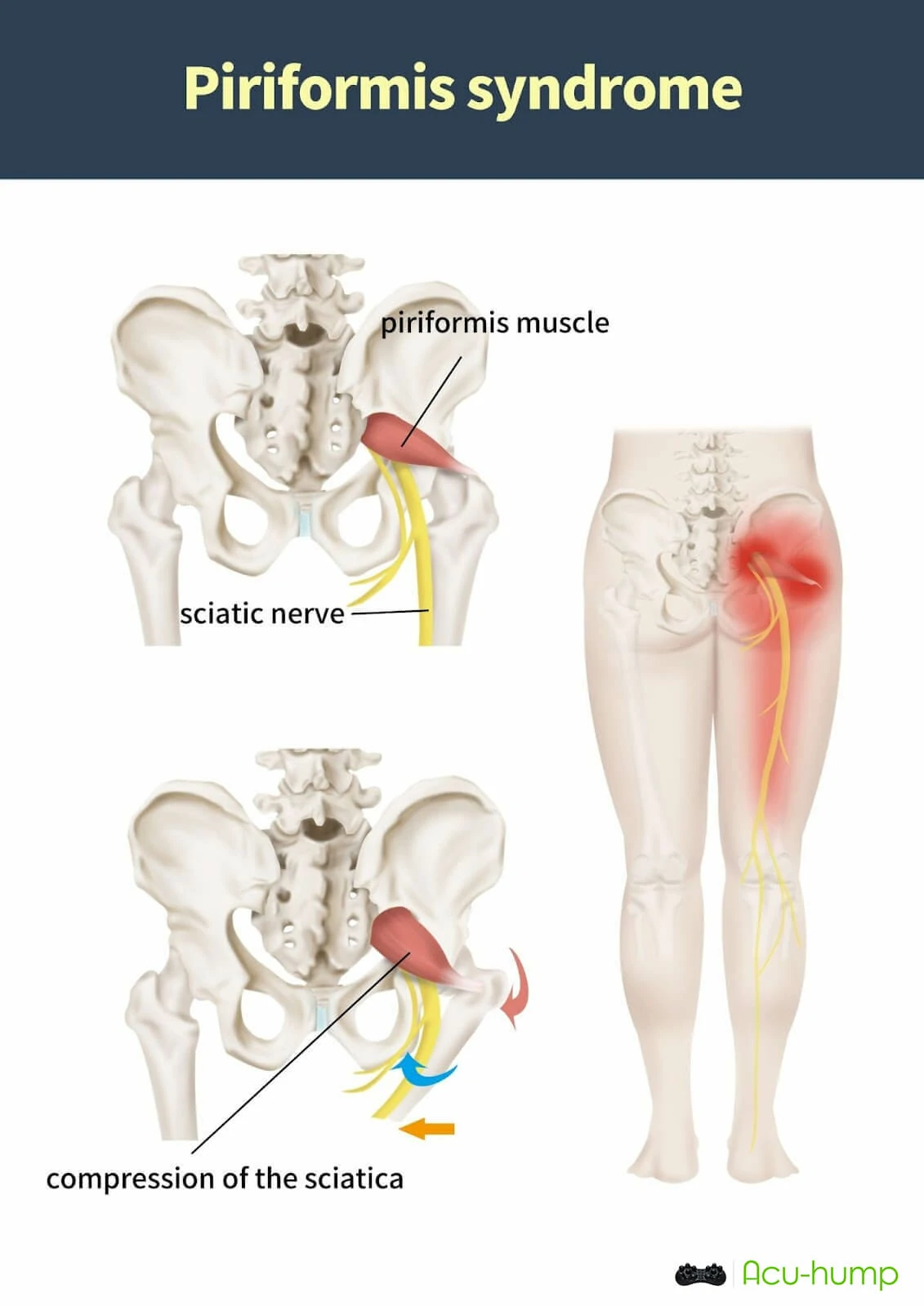
Replace high-intensity with low-impact cardio
Avoid high-impact activities
High-impact exercises like running, jumping, and plyometric exercises can worsen piriformis syndrome. The repetitive stress and impact placed on the piriformis muscle can lead to increased inflammation and pain.
Instead of high-impact activities, individuals with piriformis syndrome can opt for low-impact exercises that reduce strain on the piriformis muscle. Swimming or water aerobics are excellent options as they provide cardiovascular benefits without placing excessive stress on the affected area.
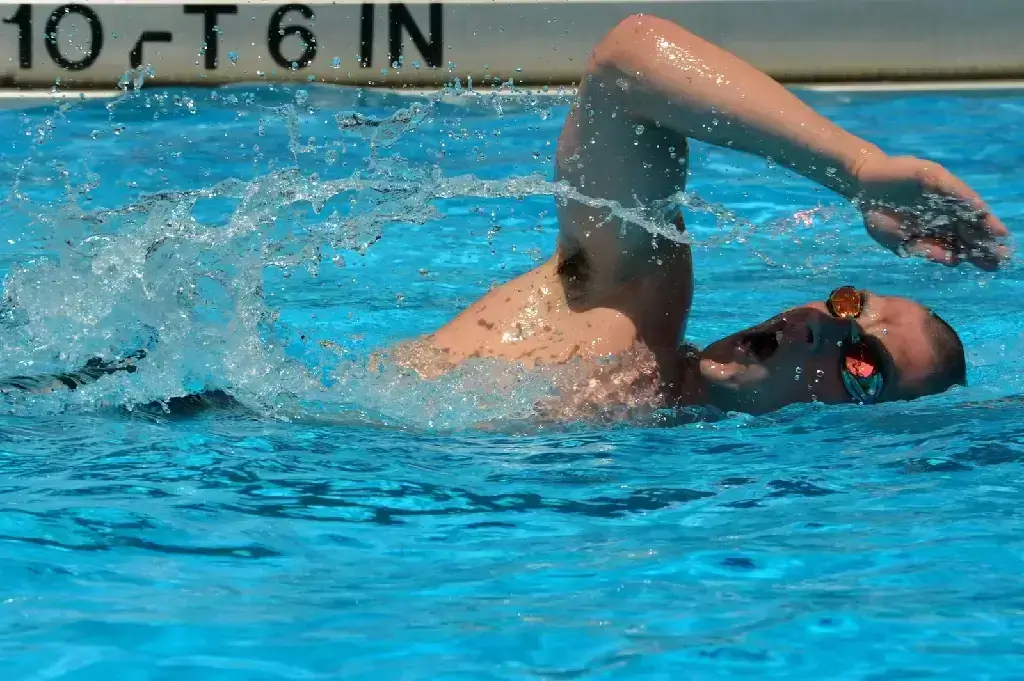
Choose the right squat position
Deep squats or lunges involve significant hip flexion and external rotation, which can exacerbate piriformis syndrome. Performing these exercises can put excessive strain on the piriformis muscle, leading to increased discomfort and potentially prolonging the recovery process.
For individuals who enjoy strength training, it is important to modify certain exercises to prevent strain on the piriformis muscle. Instead of deep squats or lunges, individuals can try modified versions like shallow squats or lunges with a shorter range of motion. This modification reduces the strain on the hip and buttock muscles while still engaging the gluteal muscles. Additionally, focusing on lighter weights and higher repetitions can help avoid excessive pressure on the piriformis muscle during weightlifting exercises.
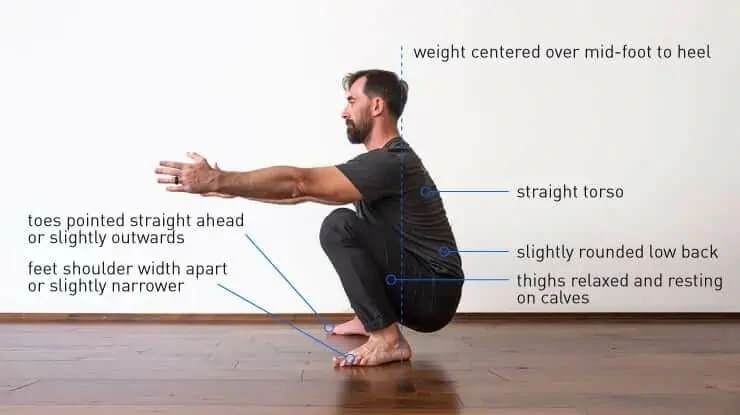
Perform easy stretches
Excessive forward bends in yoga poses, such as seated forward fold or standing forward fold, can worsen piriformis syndrome. The compression and stretching placed on the piriformis muscle can cause increased pain and inflammation.
Furthermore, individuals should be cautious about overstretching the piriformis muscle. Instead of aggressive stretching, gentle stretching exercises that target the hips and buttocks can provide relief. The figure-four piriformis stretch, where the affected leg is crossed over the opposite knee and gently pulled towards the chest, is a popular stretch for piriformis syndrome. Other effective stretches include the supine piriformis stretch, where the affected leg is crossed over the body, and the seated piriformis stretch, where the individual sits with the affected foot crossed over the opposite knee and gently leans forward.
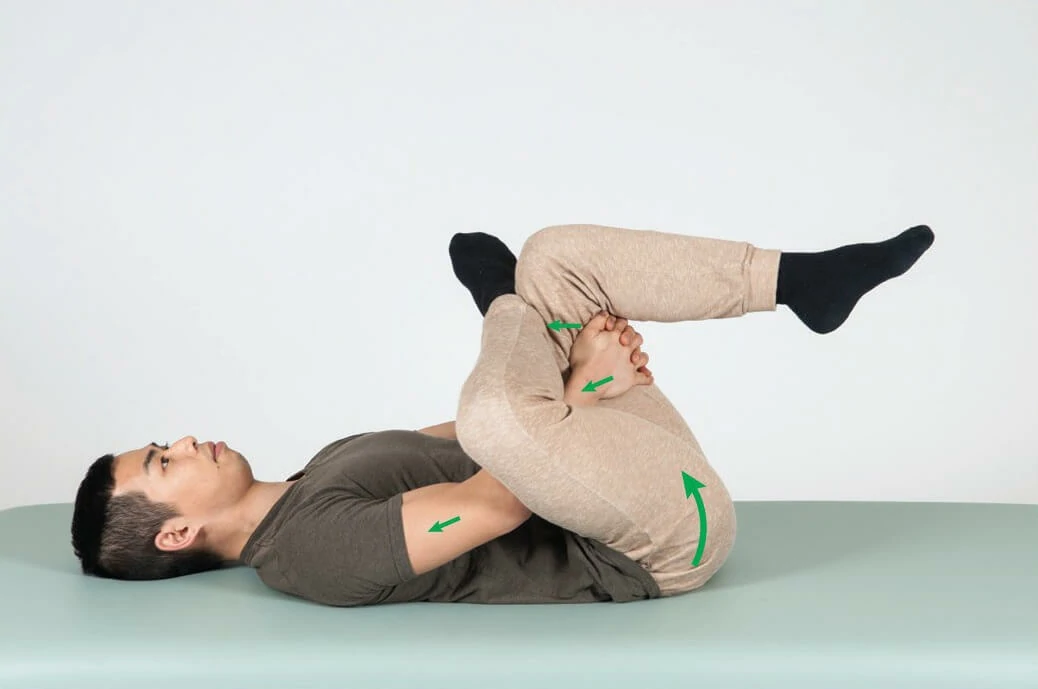
Heavy deadlifts or weightlifting
Heavy deadlifts or weightlifting exercises that involve hip hinge movements can put excessive strain on the piriformis muscle. It is important to maintain proper form and avoid lifting heavy weights to prevent further aggravation of the piriformis syndrome.

Tips for Exercises with Piriformis Pain
While certain exercises should be avoided, there are plenty of alternative exercises that can be performed safely by individuals with piriformis syndrome. These exercises focus on stretching and strengthening the surrounding muscles without putting excessive strain on the piriformis muscle. Low-impact activities like swimming can help maintain cardiovascular fitness without aggravating symptoms. Strengthening exercises, such as clamshells and bridges, can help improve stability and support for the affected area.
In addition to the mentioned exercises, yoga and Pilates can be excellent options for individuals with piriformis muscle pain. These practices emphasize controlled movements and deep glute stretching, which can help alleviate tension in the piriformis muscle and improve flexibility. Gentle stretches targeting the hips and buttocks, such as the figure-four stretch, can provide relief.

To enhance the effectiveness of stretching exercises, individuals can incorporate the use of an Acu-hump. This tool and avoid certain exercises that can worsen signs and cause further damage.


Acu-hump: 30-day return policy.
You have no risk.
It is important to seek guidance from a healthcare professional or physical therapist to develop a safe and effective exercise routine tailored to individual needs and limitations. By choosing the right exercises and avoiding ones that strain the piriformis muscle, individuals with piriformis syndrome can reduce pain, improve functionality, and enhance their quality of life.
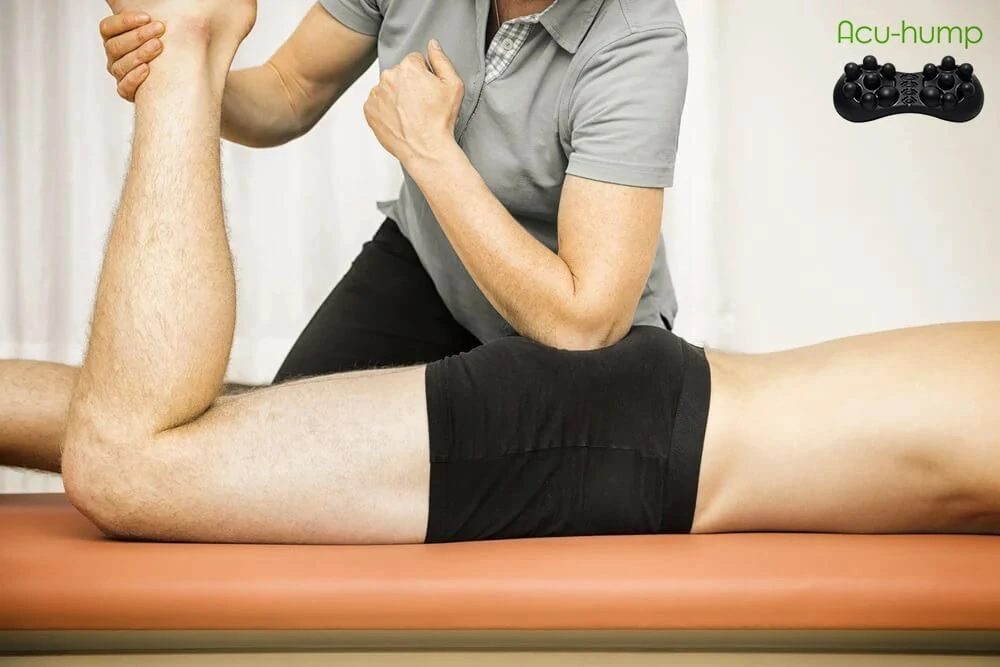
Exercise is a crucial aspect of managing piriformis syndrome, helping to alleviate pain, improve mobility, and enhance overall well-being. However, individuals with piriformis syndrome should be cautious and avoid certain exercises that can worsen symptoms and cause further damage. It is important to seek guidance from a healthcare professional or physical therapist to develop a safe and effective exercise routine tailored to individual needs and limitations. By choosing the right exercises and avoiding ones that strain the piriformis muscle, individuals with piriformis syndrome can reduce pain, improve functionality, and enhance their quality of life.

Acu-hump®
Release Butt & Lower Back
Combining walking with other effective methods for managing piriformis syndrome can provide individuals with relief from pain and discomfort. Stretching exercises, heat and cold therapy, rest, activity modification, physical therapy, medications, and proper posture all contribute to alleviating symptoms and promoting healing. It is important to remember that each person’s experience with piriformis syndrome may vary, so it is advisable to consult with healthcare professionals for personalized advice and treatment plans. By incorporating these methods into daily life, individuals can improve their quality of life and regain control over their symptoms.
Acu-hump: 30-day return policy. No risk for you.
